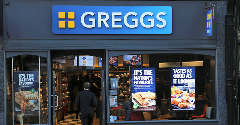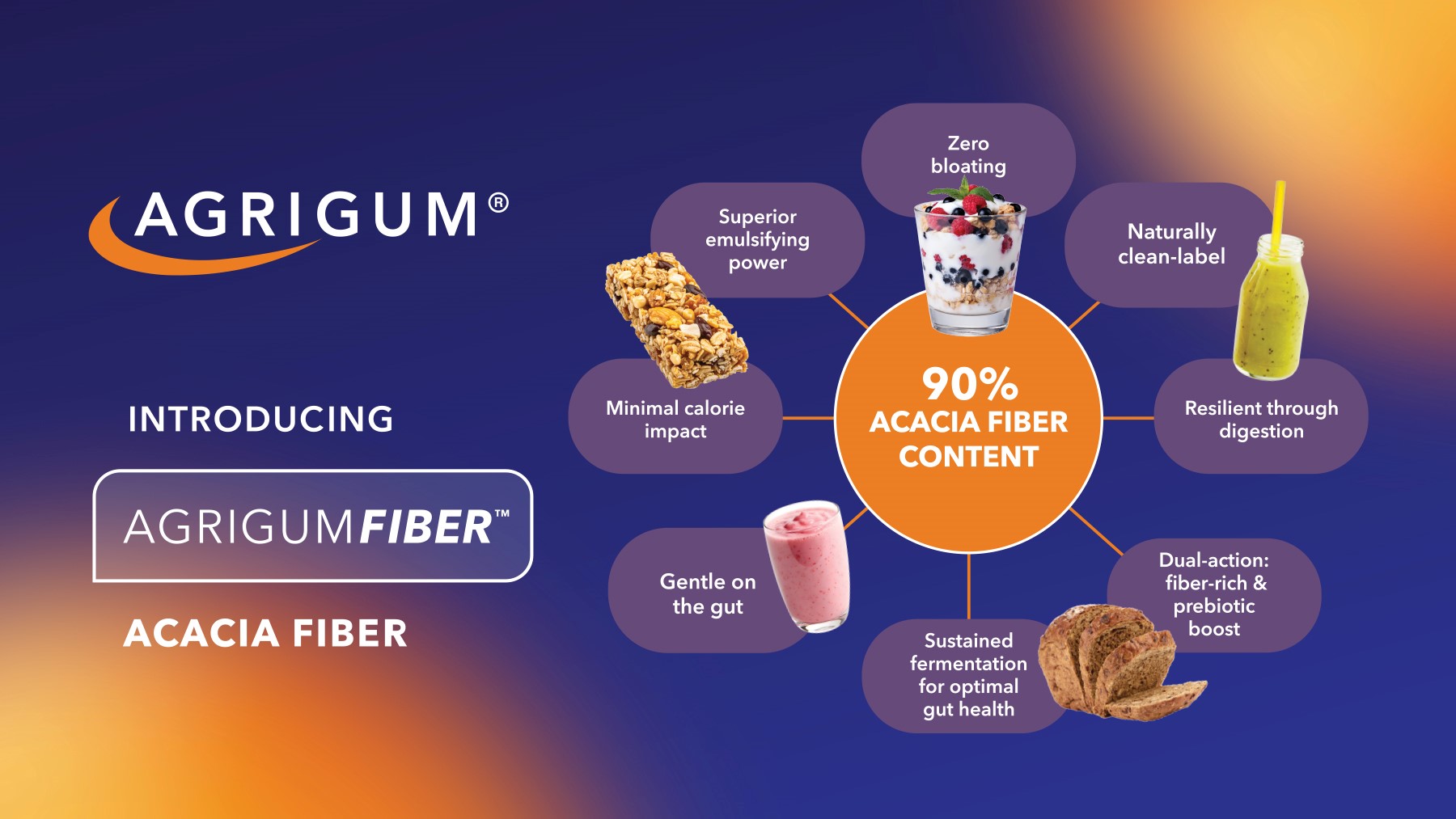News
Does calorie labelling lead to reduced consumption?
27 Feb 2025Calorie labelling of food products leads to a small, but consistent, reduction in the number of calories consumed, a study suggests.

However, to have a bigger impact, labelling needs to be implemented alongside a broader set of approaches “that place more onus on industry rather than individuals”, said University College London (UCL) researcher and senior author Gareth Holland.
The review, published by Cochrane – an independent organisation that provides evidence-based reviews on healthcare – found that including calorie labels on food products in supermarkets, restaurants, and cafeterias, motivated people to select slightly lower-calorie choices.
Calorie labelling led to an average of 1.8% reduction in calories, or 11 calories in a 600-calorie meal – around two peanuts, 35 g of raw broccoli, or one-eighth of a slice of wholewheat bread.
A small reduction in calorie consumption can have meaningful effects in the long term; however, calorie labelling as an intervention on its own is not a “silver bullet” to address obesity and weight gain, Holland told Ingredients Network.
Examining the impact of calorie labelling on food selection
The review was conducted by a team of researchers from universities across the UK, including UCL, Bath Spa, Cambridge, and Oxford, who examined evidence from 25 studies on the impact calorie labelling has on both food selection and consumption. The research included a total of more than 10,000 participants from high-income countries, including the UK, the US, Canada, and France.
The review builds on a 2018 Cochrane review, which reported a potentially larger effect in calorie reductions from calorie labelling – around 8%, or 48 calories in a 600-calorie meal – but was inconclusive due to significant uncertainty over the results.
Holland explained that this update has reduced that uncertainty, and “we can now say with confidence that there is very likely a real, albeit modest, effect”.
Calorie labelling is not a ‘silver bullet for addressing obesity’
Holland explained that the modest reduction in calories was unsurprising.
“I don’t think that many people working in this area ever thought that calorie labelling could realistically be expected to have effects on behaviour that are much larger than what we saw in this new review,” he said.
He added that calorie labelling on its own is not a “simple silver bullet” able to address obesity and population weight gain.
“But the review does confirm with a high degree of certainty that these interventions do at least very likely have a small effect, with quite high precision, which is certainly better than determining that calorie labels have basically zero effect or an entirely negligible effect,” he said.
Calorie labelling needed alongside other interventions to have a bigger impact
The small effects are likely due to many overlapping factors. Holland said one may be that even when caloric information is displayed on packaging or a menu, many people fail to notice it.
“There is some evidence from the introduction of calorie labelling policies that suggest people may only notice the calorie information about a third of the time,” he said.
If behaviour changes (getting people to eat fewer calories) is the goal, then calorie labelling, as a singular intervention, is not enough. Holland suggested that changing the physical and economic food environments around us may have a more profound impact on behaviour.
“Because of this, calorie labelling would ideally be introduced alongside a broader set of approaches, [including] those that place more onus on industry rather than individuals, such as taxes, marketing restrictions, and providing a better mix of available healthier foods relative to less healthy options,” he said.
Awareness does not equate to consumer understanding
In 2022, mandatory calorie labelling for the out-of-home food sector came into force in the UK.
A follow-up study in 2024, published in the Nature Human Behaviour journal, sought to understand the impact the policy has had on consumers' dietary habits. The researchers found that 16.5% of consumers said they noticed calorie labels on the menu before the mandate, while 31.8% said they noticed the labels after the mandate was introduced.
While the policy may have contributed to the two-fold increase in consumers becoming aware of the label, awareness does not equate to understanding what the numbers mean. Of the 31.8% of consumers who noticed the labels, just 22% factored the number into their decision of what to order.
Reformulation as an indirect effect of calorie labelling
Holland said that a potential side effect of implementing calorie labelling schemes directed at consumers could be incentives for food manufacturers and retailers to reformulate products to contain fewer calories.
He explained that food manufacturers and retailers, if prompted to include calorie labels on packaging, would probably prefer their products not to be labelled with high numbers and therefore may adjust their products to have fewer calories in them.
“There is some evidence from existing calorie labelling schemes that this indeed happens and is likely an indirect benefit of calorie labelling that is not about a direct effect on consumers' choices,” he said.
Related news

How younger consumers are redefining ingredient choices and rejecting brand loyalty
18 Nov 2025
Gen Z and millennial consumers’ preferences for transparency, functionality, and purpose are “redefining the very nature of consumption itself”, says SPINS.
Read more
Hybrid formats and flexible positioning to disrupt category norms in 2026
17 Nov 2025
Trend forecasters expect food and drink to move more fluidly across occasions, functions, and formats as consumers seek versatility, novelty, and convenience.
Read more
Empowering innovation in fortification and colouration
13 Nov 2025
Divi’s Nutraceuticals offers a large portfolio of innovative, high-quality ingredients for foods, beverages, and supplements, with bespoke solutions and expert support for product success.
Read more
From fruit to functional solutions: Meet Paradise Fruits at Fi Europe in Paris
13 Nov 2025
Paradise Fruits Solutions and Paradise Fruits Health will showcase their combined expertise in delivering innovative, fruit-based solutions to the food and beverage industry at the upcoming Fi Europe trade show (2-4 December 2025, Paris).
Read more
New UPF standard hoped to offer consumers ‘coherence and clarity’
10 Nov 2025
Ingredients companies are being urged to enter “a new era of partnership and innovation” following the launch of the industry’s first non-UPF verification scheme.
Read more
Cottage cheese makes a comeback as consumers call for cleaner labels
6 Nov 2025
From ice cream to dips and ready meals, cottage cheese is experiencing a renaissance as a high-protein, clean ingredient for health-conscious consumers.
Read more
Ingredient quantities mislabelled on popular protein bars, independent tests show
5 Nov 2025
Some popular protein bars contain more fat, carbs, and/or sugars than claimed on their labels, independent nutrition testing reveals.
Read more
Does promoting protein content push up plant-based sales?
27 Oct 2025
Promoting the protein content of meat-free products is a more effective sales strategy than adding carbon labels, a study of UK bakery chain Greggs suggests.
Read more
Agrigum Redefined FIBER
27 Oct 2025
Agrigum has transformed gum acacia into a natural, science-backed fibre that supports gut health, sustainability, and innovation across global food and nutrition applications.
Read more
Will Wicks’ Killer Bar harm the protein bar category?
23 Oct 2025
Joe Wicks’ deliberately dangerous protein bar is fuelling anti-UPF sentiment – but there are concerns that his messaging is misguided and could have unintended consequences.
Read more